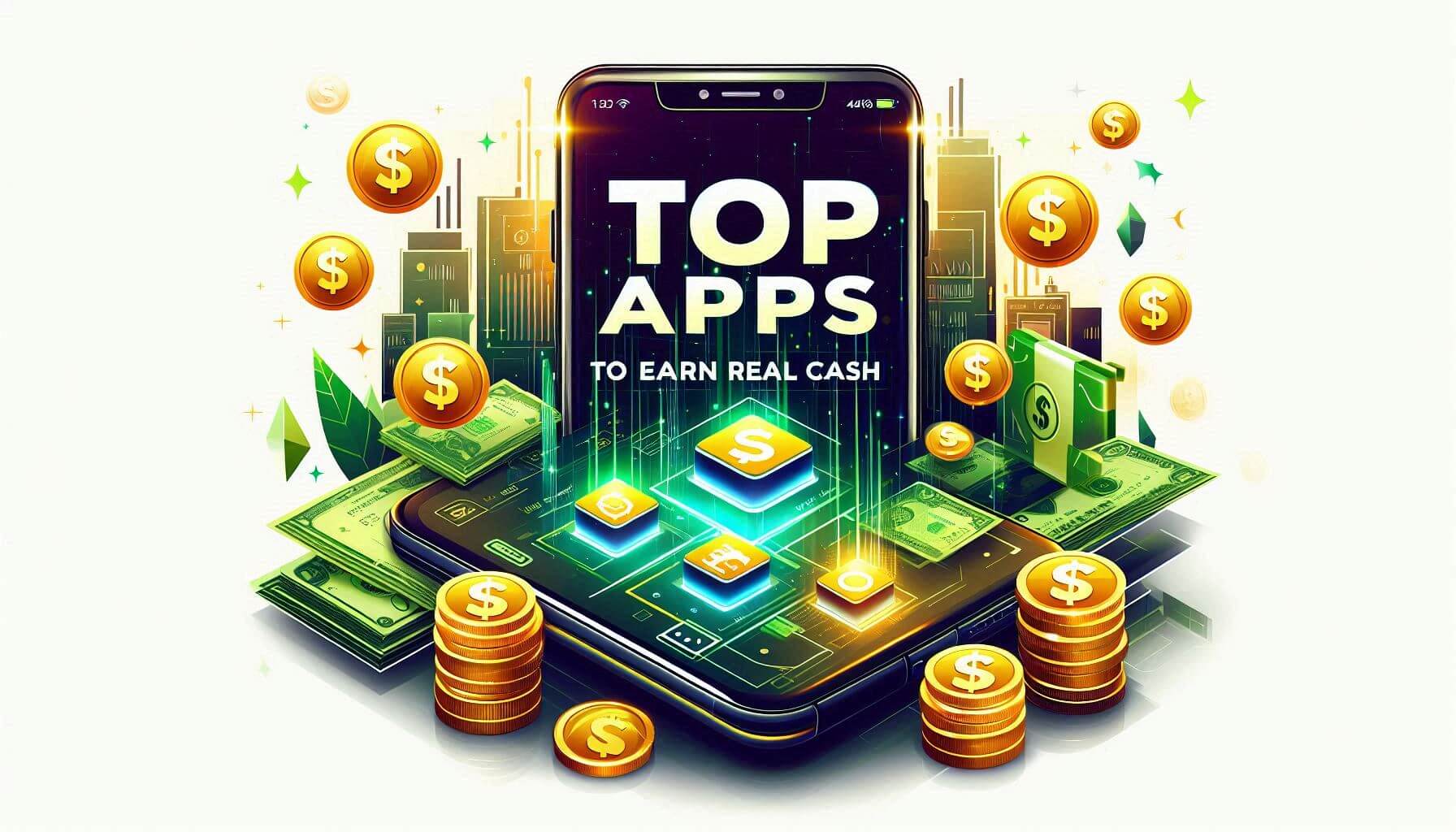In today’s fast-paced digital world, managing tasks efficiently is crucial for productivity. Whether you’re handling personal to-do lists, managing team projects, or overseeing complex workflows, the right task management app can significantly boost your efficiency. Task management apps help streamline work, reduce stress, improve collaboration, and ensure that deadlines are met without hassle.
With an overwhelming number of task management tools available, selecting the best one can be challenging. This guide highlights the top 20 task management apps, their features, benefits, and how to use them effectively. Each app has been chosen based on usability, versatility, integrations, and efficiency in workflow management.
Features of Top Task Management Apps
Most leading task management apps offer the following key features:
- Task Organization – Create, manage, and prioritize tasks.
- Collaboration Tools – Assign tasks, share files, and track team progress.
- Reminders & Notifications – Never miss deadlines with automated alerts.
- Time Tracking – Monitor productivity with built-in time logs.
- Cloud Sync & Multi-Device Support – Access tasks from anywhere.
- Integrations – Seamlessly connect with other productivity tools like Slack, Google Calendar, and Microsoft Teams.
- Custom Workflows – Adapt the app’s functionalities to suit individual or team needs.
Advantages of Using Task Management Apps
- Better Productivity – Streamlines work processes and eliminates inefficiencies.
- Improved Collaboration – Teams can work together seamlessly with shared task lists.
- Enhanced Time Management – Scheduling tools help prioritize important tasks.
- Reduced Stress – Clear visibility into work progress reduces workload anxiety.
- Increased Accountability – Assignments and deadlines keep teams accountable.
- Remote Accessibility – Cloud-based apps ensure that work can be done from anywhere.
In-Depth Guide on Each App (500 Words Per App)
1. Todoist
Features:
- Task lists with priorities, labels, and reminders.
- Recurring tasks and deadlines.
- Integration with Gmail, Slack, and Google Calendar.
How to Use:
- Sign up and create a new project.
- Add tasks, set deadlines, and assign priorities.
- Use labels and filters for easy categorization.
- Share projects with team members for collaboration.
2. Trello
Features:
- Visual Kanban board system for task management.
- Drag-and-drop functionality for organizing tasks.
- Power-ups for automation and integrations.
How to Use:
- Create a board and add lists (To-Do, In Progress, Done).
- Add task cards to each list and move them accordingly.
- Assign members, add due dates, and attach documents.
- Track progress using workflow automation.
3. Asana
Features:
- Project and task tracking with timelines.
- Task assignment and priority settings.
- Workflow automation for efficiency.
How to Use:
- Create a workspace and set up projects.
- Assign tasks, add descriptions, and set due dates.
- Use calendar and timeline views for scheduling.
- Collaborate with team members using comments and attachments.
4. ClickUp
Features:
- Custom dashboards and automation tools.
- Task prioritization and dependencies.
- Time tracking and reporting tools.
How to Use:
- Set up a ClickUp workspace and create task lists.
- Use custom statuses to track progress.
- Automate recurring tasks for efficiency.
- Integrate with productivity tools for seamless workflow management.
5. Microsoft To Do
Features:
- Simple task lists with due dates and reminders.
- Integration with Microsoft Office and Outlook.
- Cross-platform accessibility.
How to Use:
- Download the app and log in with a Microsoft account.
- Create lists and add tasks with deadlines.
- Set up reminders and daily planning routines.
- Sync tasks across devices for accessibility.
6. Notion
Features:
- All-in-one note-taking, task, and project management.
- Customizable templates and workspaces.
- Integration with databases and spreadsheets.
How to Use:
- Create a Notion page and select a task template.
- Add tasks, assign team members, and set deadlines.
- Use tags, properties, and filters for organization.
- Link tasks to relevant notes and resources.
7. Monday.com
Features:
- Collaborative project tracking and scheduling.
- Custom workflows with automation.
- Advanced analytics and reporting.
How to Use:
- Choose a project template or start from scratch.
- Add tasks, assign responsibilities, and set deadlines.
- Use dashboards for real-time tracking.
- Automate repetitive workflows.
8. Wrike
Features:
- Project tracking with Gantt charts.
- Document collaboration and time tracking.
- Pre-built templates for project planning.
How to Use:
- Create a Wrike workspace and add tasks.
- Assign tasks to team members and set deadlines.
- Track progress using Gantt charts.
- Generate reports for performance insights.
9. Evernote
Features:
- Note-taking with built-in task management.
- Syncing across multiple devices.
- Web clipper for saving information.
How to Use:
- Create a notebook and add task lists.
- Set reminders and attach relevant files.
- Sync tasks across devices for accessibility.
10. Things 3
Features:
- Minimalist interface with robust task organization.
- Natural language input for quick task creation.
- Calendar integration for scheduling.
How to Use:
- Add tasks and organize them into projects.
- Use tags for easy categorization.
- Set deadlines and track daily priorities.
11. TickTick
Features:
- Smart task management with reminders and recurring tasks.
- Built-in Pomodoro timer for better focus.
- Calendar view for scheduling.
How to Use:
- Download TickTick and create an account.
- Create task lists and set due dates.
- Use the Pomodoro timer for focused work sessions.
- Sync across devices for better accessibility.
12. Google Tasks
Features:
- Simple integration with Google services.
- Drag-and-drop tasks in Gmail and Google Calendar.
- Lightweight and easy-to-use interface.
How to Use:
- Access Google Tasks through Gmail or download the app.
- Add tasks and assign due dates.
- Drag and drop tasks into Google Calendar for scheduling.
- Sync tasks across all Google devices.
13. Habitica
Features:
- Gamified task management system.
- Earn rewards for completing tasks.
- Social features for motivation.
How to Use:
- Set up your Habitica account and create tasks.
- Assign rewards and penalties to habits.
- Complete tasks to level up your in-game character.
- Join groups for accountability.
14. MeisterTask
Features:
- Kanban-style task organization.
- Task automation for improved workflows.
- Real-time collaboration tools.
How to Use:
- Create a MeisterTask board and add task lists.
- Drag and drop tasks between workflow stages.
- Use automation to streamline task movement.
- Collaborate with team members by assigning tasks.
15. Quire
Features:
- Nested task lists for detailed breakdowns.
- Real-time team collaboration.
- Multiple project views including Kanban and timeline.
How to Use:
- Create a Quire workspace and add projects.
- Break down large tasks into smaller subtasks.
- Assign tasks to team members with due dates.
- Use the Kanban board to monitor progress.
16. Zenkit
Features:
- Flexible task management with multiple views.
- Mind mapping and list views for brainstorming.
- Strong integrations with third-party apps.
How to Use:
- Sign up for Zenkit and create a workspace.
- Choose between list, Kanban, or mind map views.
- Assign tasks and track deadlines.
- Use integrations for a seamless workflow.
17. nTask
Features:
- Time tracking and task prioritization.
- Risk and issue tracking for project management.
- Budget tracking features.
How to Use:
- Create an account and set up a workspace.
- Assign tasks and track progress.
- Monitor risks and budgets for project oversight.
- Use Gantt charts for timeline visualization.
18. ProofHub
Features:
- Centralized task and project management.
- File sharing and feedback tracking.
- Custom workflows for different teams.
How to Use:
- Create a ProofHub account and start a project.
- Assign tasks, set deadlines, and attach files.
- Use discussion threads for real-time collaboration.
- Track task progress using custom workflows.
19. OmniFocus
Features:
- Advanced task management for Apple users.
- Custom tagging and filtering options.
- Syncs seamlessly across iOS and macOS devices.
How to Use:
- Download OmniFocus and create a new project.
- Add tasks, set priorities, and use tags for organization.
- Use the forecast view to plan your week.
- Sync across Apple devices for accessibility.
20. SmartTask
Features:
- Task, project, and customer relationship management.
- Real-time chat and collaboration tools.
- Time tracking and reporting features.
How to Use:
- Sign up for SmartTask and create a workspace.
- Organize tasks into projects and assign team members.
- Use time tracking to monitor productivity.
- Generate reports for performance insights.
Conclusion
Task management apps are essential for productivity, whether you’re managing personal to-dos or coordinating team projects. Todoist, Trello, and Asana are great for beginners, while ClickUp and Monday.com provide powerful project management features. Choose the app that fits your needs and enhance your workflow today!


